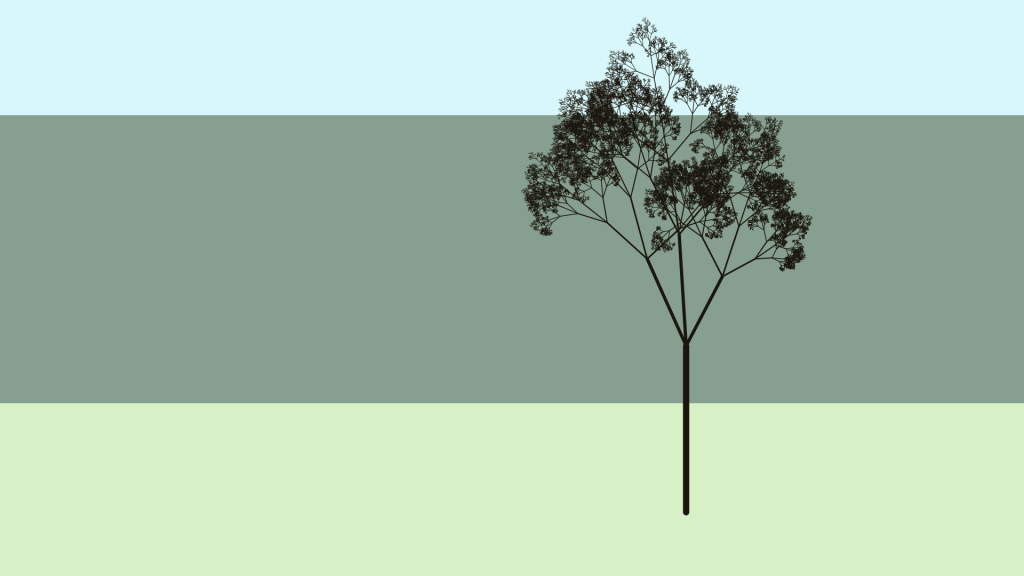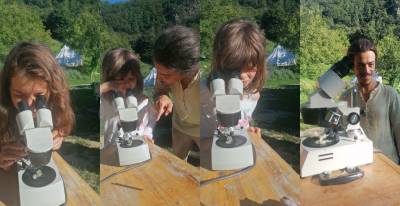Table of Contents
PermaTech
 Can permaculture, art and new technologies co-exist in a mutually benifical relationship? This question informs one of the central critical strands of art and performance practice we promote at Rizoma. And this is the research question often driving the artists working at the Rizoma field laboratories. Outlined below are some of the technological tools and concepts we are working with.
Can permaculture, art and new technologies co-exist in a mutually benifical relationship? This question informs one of the central critical strands of art and performance practice we promote at Rizoma. And this is the research question often driving the artists working at the Rizoma field laboratories. Outlined below are some of the technological tools and concepts we are working with.
Rizoma Hacklab as Field Lab
The Hacklab does not exist in a single physical location, but instead follows the field laboratory model, where everything is portable and modular. The equipment and experiments are not contained in a single purpose room or building but distributed and embedded across our woods, gardens and buildings.
Open Technology
Our approach to technology follows the open hardware / software approach whenever possible - if permaculture and technology can have any meeting place it is somewhere here.
Workshops and Knowledge Exchange
Our past and future workshops offerings are listed here alongside some documentation of some of the internal knowledge exchange sessions we have held.
PermaNetLab
In the PermaNetLab we explore permatech approaches to network infrastructure, from local off-grid file sharing intranets to webservers and IoT sensor networks for agriculture and gardening applications.
LoRa & sensor networks
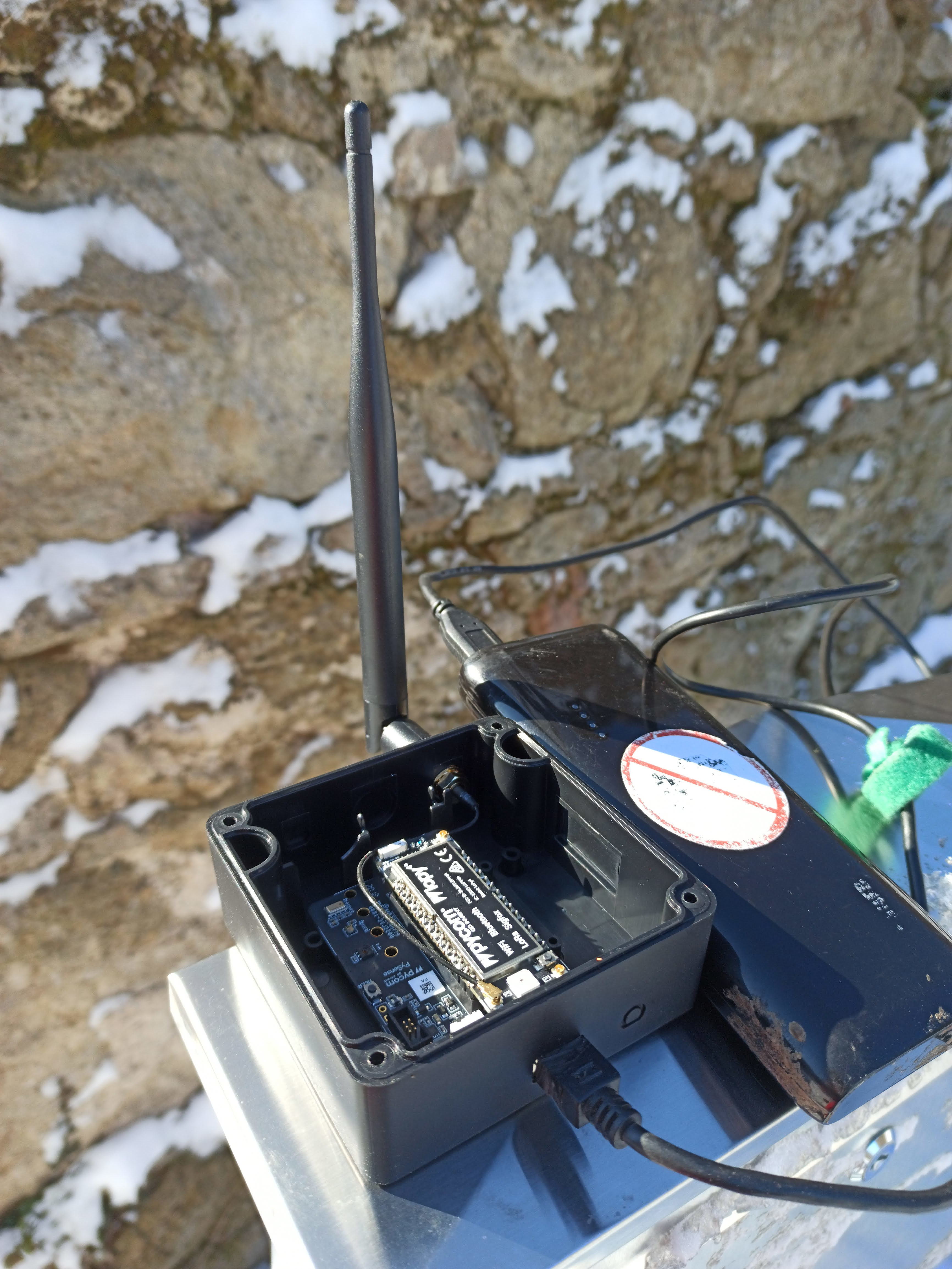
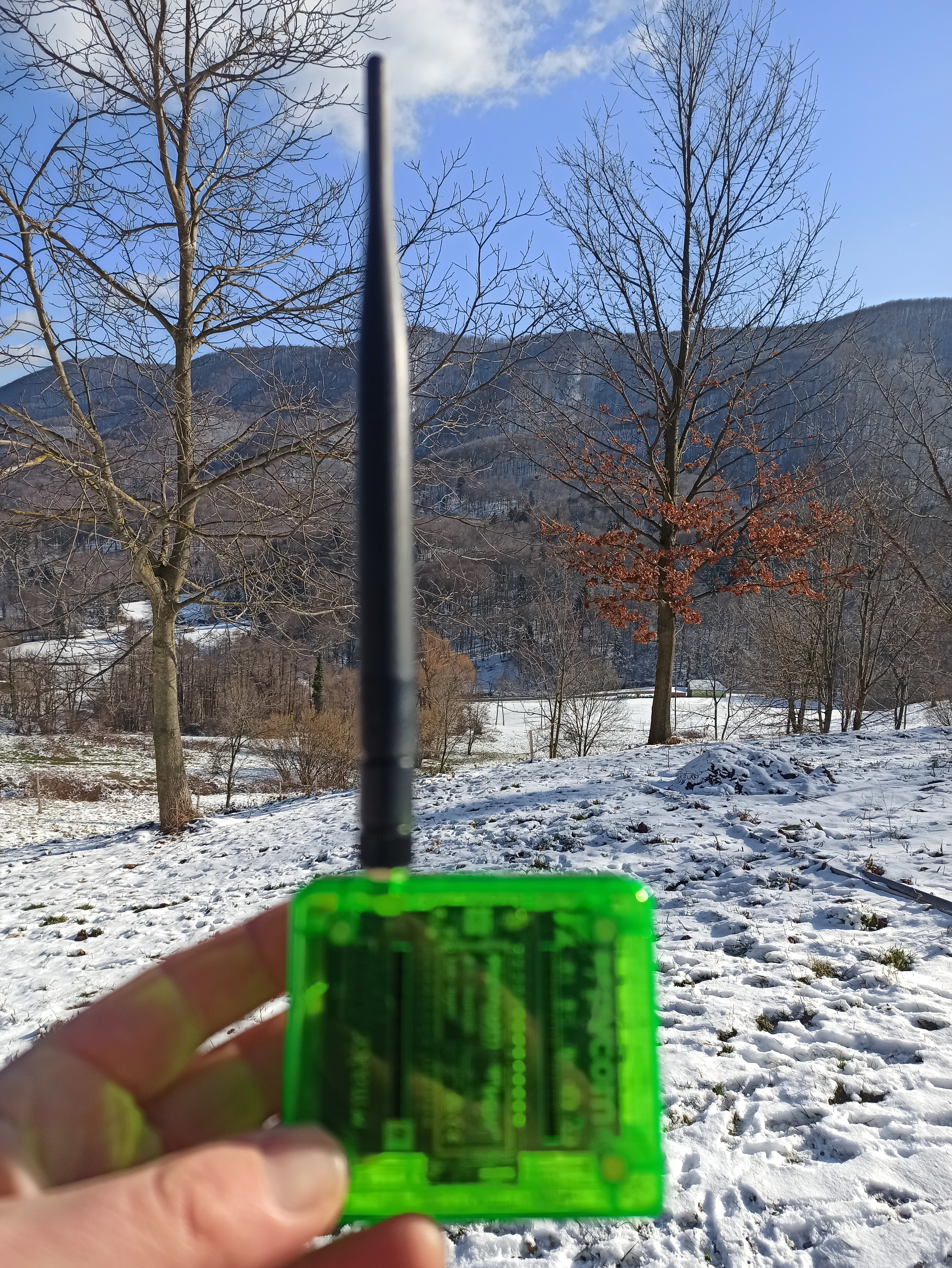 We like this low energy approach and will host a LoraWan network gateway to the community network the things network https://www.thethingsnetwork.org
Currently we are experimenting with the ESP32 based Pycom LoRa nodes and sensor shields for our land/garden sensor network. These are programmable with micropython and nice but a little expensive. Next step will be a more DIY approach.
We like this low energy approach and will host a LoraWan network gateway to the community network the things network https://www.thethingsnetwork.org
Currently we are experimenting with the ESP32 based Pycom LoRa nodes and sensor shields for our land/garden sensor network. These are programmable with micropython and nice but a little expensive. Next step will be a more DIY approach.
Streaming Server | Green Webservices?
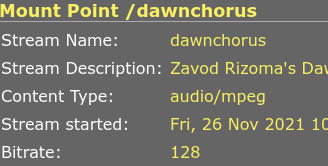 Part of our autonomous internet architecture, we run an icecast streaming server here: http://rizom.si:8000 our medium term goal is to take all of these web-services out of the cloud onto our own solar power server. Currently our web services are hosted on a virtual GNU/Linux server (Ubuntu) on Digital Ocean.
Part of our autonomous internet architecture, we run an icecast streaming server here: http://rizom.si:8000 our medium term goal is to take all of these web-services out of the cloud onto our own solar power server. Currently our web services are hosted on a virtual GNU/Linux server (Ubuntu) on Digital Ocean. 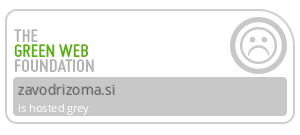 Our server instance is based in London as this claims to be a 100% carbon neutral instance, GREEN as in 100% powered by renewable resources rather than LIGHT GREEN (fossil fuels with offsets, certificates etc.). However the green web foundation doesn't know/agree (GREY).
It is not clear and we would like to get off these cloud services. https://www.change.org/p/sustainable-servers-by-2024
Our server instance is based in London as this claims to be a 100% carbon neutral instance, GREEN as in 100% powered by renewable resources rather than LIGHT GREEN (fossil fuels with offsets, certificates etc.). However the green web foundation doesn't know/agree (GREY).
It is not clear and we would like to get off these cloud services. https://www.change.org/p/sustainable-servers-by-2024
Solar Webserver
Low-energy raspberry pi server powered by solar cell and battery pack - low tech magazine https://solar.lowtechmagazine.com did a good job of this and we will host our outward-facing web site (this one) on similar infrastructure. the process is documented here.
Collaborative Document Editing
Helping ween you off those carbon guzzling, privacy infringing google cloud services, please feel free to use our etherpad for collaborative document editing: http://pad.rizom.si
PermaBioLab
DIY microscope
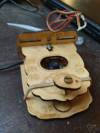 We love what our friends at https://www.hackteria.org are doing with open hardware and DIY microscopes so this definitely has to be part of our rizoma lab equipment. More info here.
We love what our friends at https://www.hackteria.org are doing with open hardware and DIY microscopes so this definitely has to be part of our rizoma lab equipment. More info here.
Soil Respiration Chamber
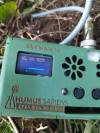 Another interesting piece of open hardware soil lab equipment.
Developed during the RandeLab Soil Retreat as part of the HUMUS.Sapiens research. More info here.
Another interesting piece of open hardware soil lab equipment.
Developed during the RandeLab Soil Retreat as part of the HUMUS.Sapiens research. More info here.
Photo: 2019 Knowledge exchange workshop @selo with Dr Julian Chollet from Humus Sapiens.
Fair Solder
We support social justice in the globalised supply chains of the electronics industry.
When we next buy solder we will buy this: https://www.conrad.com/p/stannol-hs10-fair-solder-reel-sn993cu07-100-g-05-mm-1414237
PermaSoundLab
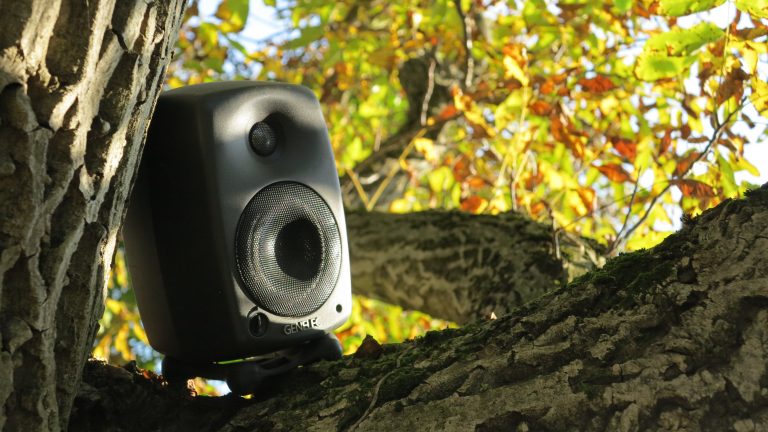
The sound lab's software is all good opensource permatech, ardour, supercollider, puredata etc. There is also hardware available including a set of Genelec speakers for up to 8-channel surround sound, multichannel audio interfaces, condenser microphones, modular synthesizers, DIY synthesizers, field recording equipment. The studio is well packed in flight-cases, ready for the next adventure in Selo.
Speaker Array for Multichannel Configuration
stereo, binaural, using HRTF information , four speakers arranged as a square or rectangle, six speakers arranged as a regular or irregular hexagon
- 2 X Genelec 1030AA Biamplified Monitoring System
- 6 X Genelec 8020A Biamplified Monitoring System
- Have stands for the 1030As - need stands for the 8020As
Microphones
- 2 x Core Sound Binaural Microphone Set https://www.core-sound.com/products/binaural-mic
- 2 x Oktava MK 012-01 MSP2 Black Matched stereo pair + Cardioid capsule + -10 dB pad
- 1 x Oktava MK 012-01 Silver + Cardioid capsule
- 1 x Sennheiser MKH 416-P48 + Rycote Windshield Kit
- 1 x Rode NT1
- 1 x Rode Wireless GO II
- 1 x Sure SM57
- 1 x Sure SM58
3D Printable Blimps and Accessories
- Oktava MK-012 microphone blimp https://www.thingiverse.com/thing:4684864
